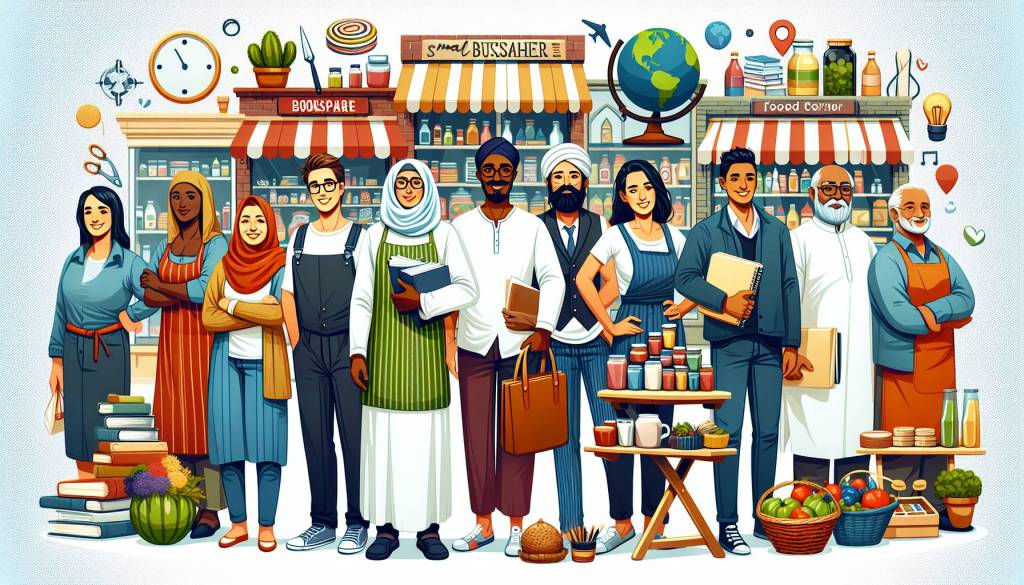A lot has happened since the last time I posted a “Schawbel Report” on the state of personal branding worldwide. The March edition shed some light into the spread of personal branding from the US to Australia to India. There is a lot of information here, but it’s all very important to your personal brand and that of your company.
Economy’s impact on your brand
- 81,755 layoff in June, up 47% compared with June 2007
- 475,948 layoff from January till June
- Gas prices continue to rise to $5 per gallon (projected to be $7 by 2010)
- In a survey of 539 U.S. workers, 44% of respondents said higher gas prices have affected their commutes.
- Commuting changes people are making as a result of higher gas prices include: looking for a new job closer to home (30%), working from office locations closer to home (29%), working fewer days of the week (26%), asking for increased compensation (25%), taking public transportation more frequently (23%), and walking or biking to work (18%).
Education is evolving – there is hope!
The State of Connecticut is piloting new technology co-developed by IBM, startup firm SkillProof, and Pace University to analyze thousands of job postings on corporate Web sites. The insight is helping state colleges and universities develop curriculum that better meets the skill needs of employers. The four job sets identified so far include actuaries, accountants and auditors, financial analysts, and financial brokers. There is an emerging high demand for IT professionals with business analysis skills.
The University of Minnesota polled it’s students recently about the internet. 94 percent used the Internet, 82 percent go online at home and 77 percent had a profile on a social networking site. When asked what they learn from using social networking sites, the students listed technology skills as the top lesson, followed by creativity, being open to new or diverse views and communication skills.
Georgetown University has created an online community specifically for alumni. The Web site includes an alumni directory, class notes and the Career Network, a searchable network comprised of over 1,800 alumni worldwide to share career advice and expertise, according to the Hoyas Online web site. The University of Massachusetts has set up it’s own community as well for alumni.
Recruitment gets a social media twist
77% of recruiters used specialist or niche job boards, while 38% had also moved to social networking sites and 5% had even set up a virtual office in Second Life office. Recent UK research found 62% of employers looked at social networking sites to check job applicants, and 1/4 admitted not hiring someone because of what they had posted online.
The virtual global office
- Best Buy has a social network called Blueshirtnation.com, which has attracted 20,000 users. The overall turnover rate at the company is 60%, while turnover of people using the site is just 8%-12%.
- IBM Corp. marketing manager Shari Chiara gets updates on what her colleagues are doing via a networking site called Beehive, where she posts her own photos and news.
- At Procter & Gamble Co., where employees link with one another on PeopleConnect, a vibrant online community has generated 385 blogs on topics from “greening” the Boston office to corporate humor.
- Starting this week at Nortel Networks Corp., a global group is using technology that offers a rich virtual world of 3-D settings in which colleagues can meet. Photo IDs pop up next to their avatars when someone moves close enough to talk.
State of the conversation
3.5 billion WOM (word of mouth) conversations occur daily in the US. Offline WOM accounts for 92% of these (75% face to face; 17% by phone), and email, IM/text messaging and chatrooms/blogs account for a combined 7%.
Companies are being called out on how they treat employees. Employees have two new places to talk about their experiences at work. Criticat and Glassdoor are trying to reveal the truth being working at companies, but how accurate are they?
Reputation management 2.0 and beyond
- Identity theft: A study by Survey Sampling International (SSI) found that more than 50% of Britons, Germans, French and Spanish were worried about identity theft and misuse of personal data.
- Mobile broadcasting: Now any second of the day (24/7 ladies and gentleman) your brand can move from reality to the internet, to 100,000 different websites, all for everyone to see. Services like Qik, Flixwagon, Kyte and UStream will prove useful for those brave enough to be fully transparent.
- Who is watching you?: Mashable’s Steven Hodson wrote a great post about how national security agencies are working with telecoms like AT&T to monitor all Internet traffic.
- Spam: In the past 12 months, more than 4/5 of social networking site users said they received unwanted (or spam) “friend” invitations, messages or postings on their social or professional network account.
- Social network regulations: 9/10 people think there should be tighter regulation of information on social networking websites, according to new research.
- Fraudsters: According to Symantec’s latest Internet Security Threat Report, for the second half of 2007, there were 87,963 “phishing hosts”.
Brand U 3D![]()
Google has just launched Lively, a new social network built around the concept of each user creating an avatar and a personal virtual room that can be embedded anywhere on the Web. In my opinion, this service is much stronger than Second Life because it is accessible through your browser, instead of an application. This means, at least in terms of the workplace, you might be able to use it at work and it poses a great opportunity for companies. It is BRAND U, but in 3d, and in a virtual environment.
Organizations are adopting personal branding
A great example comes from the accountancy firm BDO Stoy Hayward. To gain a competitive edge in the marketplace, a manager took a course and started training staff. She offered personal sessions lasting around an hour and a half to senior members of staff. The sessions were so popular that workers returned to their departments enthusing about the training, and less senior staff demanded their own workshops, attending in groups of 25 at a time.
in the marketplace, a manager took a course and started training staff. She offered personal sessions lasting around an hour and a half to senior members of staff. The sessions were so popular that workers returned to their departments enthusing about the training, and less senior staff demanded their own workshops, attending in groups of 25 at a time.
55% of consumers want ongoing conversations with brands. 89% of consumers would feel more loyal to the brand if they are asked to be in focus groups.
Gen-Y makes decisions
- In the workplace: Nearly 73% of Gen-Yers surveyed said they are concerned about being able to balance a career with personal obligations. 51% of Millennials surveyed believe professionals entering the workforce should have to spend only one to two years proving themselves in entry-level positions.
- As entrepreneurs. Half of all new college graduates now believe that self-employment is more secure than a full-time job. Today, 80% of the colleges and universities in the U.S. now offer courses on entrepreneurship; 60% of Gen Y business owners consider themselves to be serial entrepreneurs, according to Inc. magazine. Tellingly, 18 to 24-year-olds are starting companies at a faster rate than 35 to 44-year-olds. And 70% of today’s high schoolers intend to start their own companies, according to a Gallup poll.
Blogs blogs blogs
- Average blogger age: A BIGresearch study found that the average age of adult bloggers is actually 37.6. 55% of millennials (ages 13 to 24) surveyed read a blog.
- Newspapers and blogs: A full 95% of the top 100 US newspapers now offer reporter blogs (up from 80% in 2006), while 58% of the top 100 magazines provide this service.
- Blogs for editorial staffs: A limited-scale Prospero Technologies study from late 2007 found that 78% of US businesses that use social media applications included blogs for their editorial staffs.
- Blogs to measure sentiment: A survey of US journalists by PR Week, PR Newswire and Millward Brown, 57.7% of respondents said they used blogs to measure sentiment, and 51% used them to gauge how their competitors were covering stories.
Technorati blog trends












